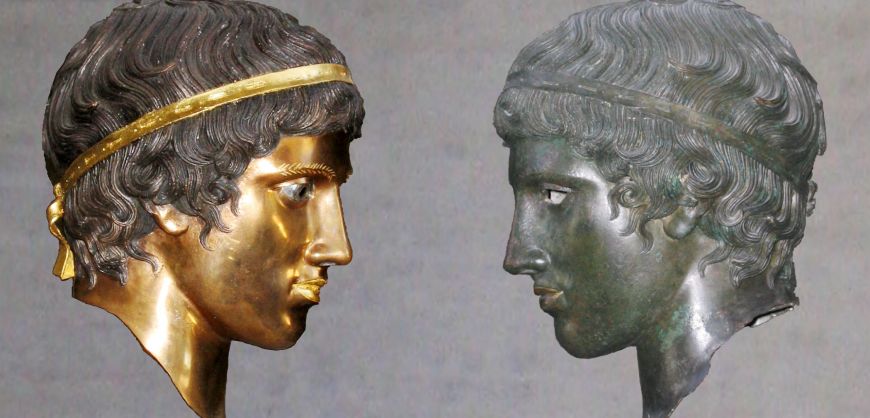The “Transformations: Classical Sculpture in Color” display at the Ny Carlsberg Glyptotek in Copenhagen makes a case for multicolored classical statues. The premise is to show that “the white marble of Antiquity was merely a tenacious myth” and that the ancients were “anything but sceptical of color.” For this reason, the show features 120 exhibits that include original sculptures alongside their experimental colored reconstructions.

“Young Roman,” 3rd century CE, marble, h: 0.26m, Ny Carlsberg Glyptotek, alongside its reconstruction
The display is the continuation of the work of the Copenhagen Polychromy Network (CPN), an international research group devoted to studying polychromy in ancient Greek and Roman sculpture. The group’s Tracking Color project was developed to broaden public awareness of color on sculptures and buildings in the ancient Mediterranean world.
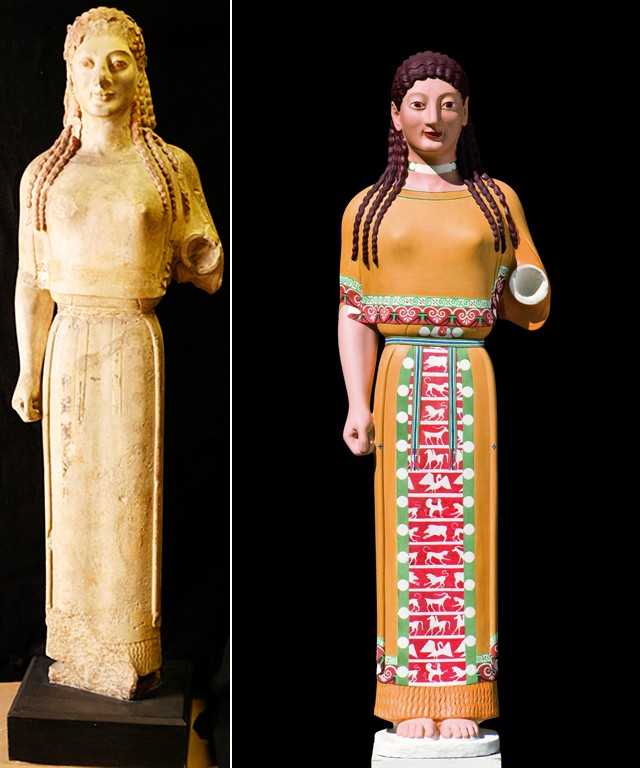
“Peplos Kore,” original alongside reconstruction, Athens (540 BCE/2011), artificial marble, h: 130 cm, Stiftung Archäologie, Munich
The Glyptotek hopes to turn the idea of the white world of Antiquity upside down by showing that classical sculptures were colorful ot a degree regardless of the connection between Antiquity and white marble.
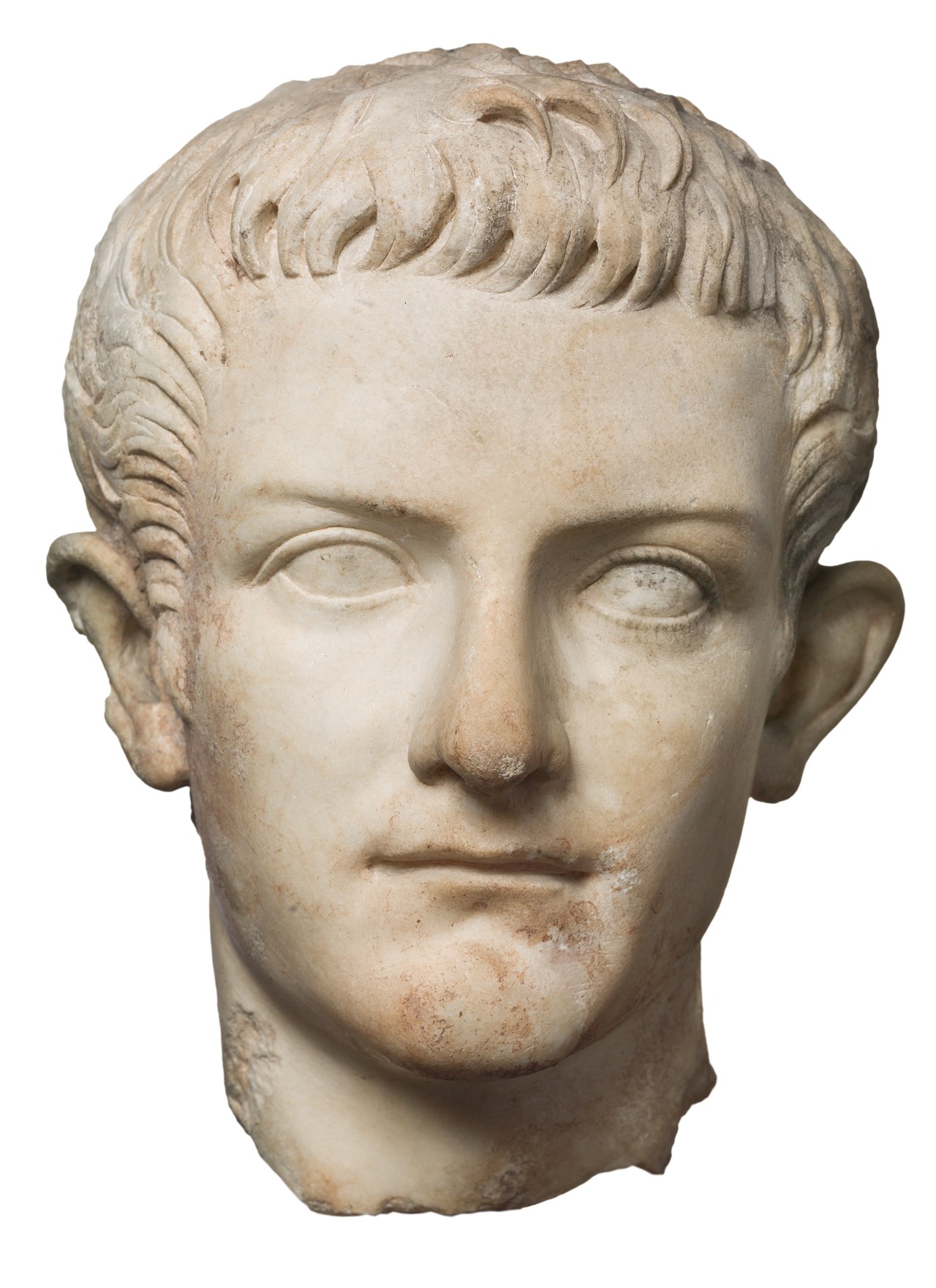
“Caligula” (reconstruction), 37-41 CE (2011), marble. h: 28 cm, Archäologischen Institut der Universität Göttingen and Stiftung Archäologie, Munich
CPN Project coordinator Jan Stubbe Østergaard says that the myth of monochromatic classical sculpture was perpetuated during the Renaissance period. Iconic works were then seen as monochrome white because their polychromy had disappeared over time. This false assumption became so ingrained in the collective psyche that it remained even after technology was created to prove that the works, far from being white, were bursting with vibrant colors.
The display at the Glyptotek brings the artworks to life and makes them appear more accessible to the viewer.
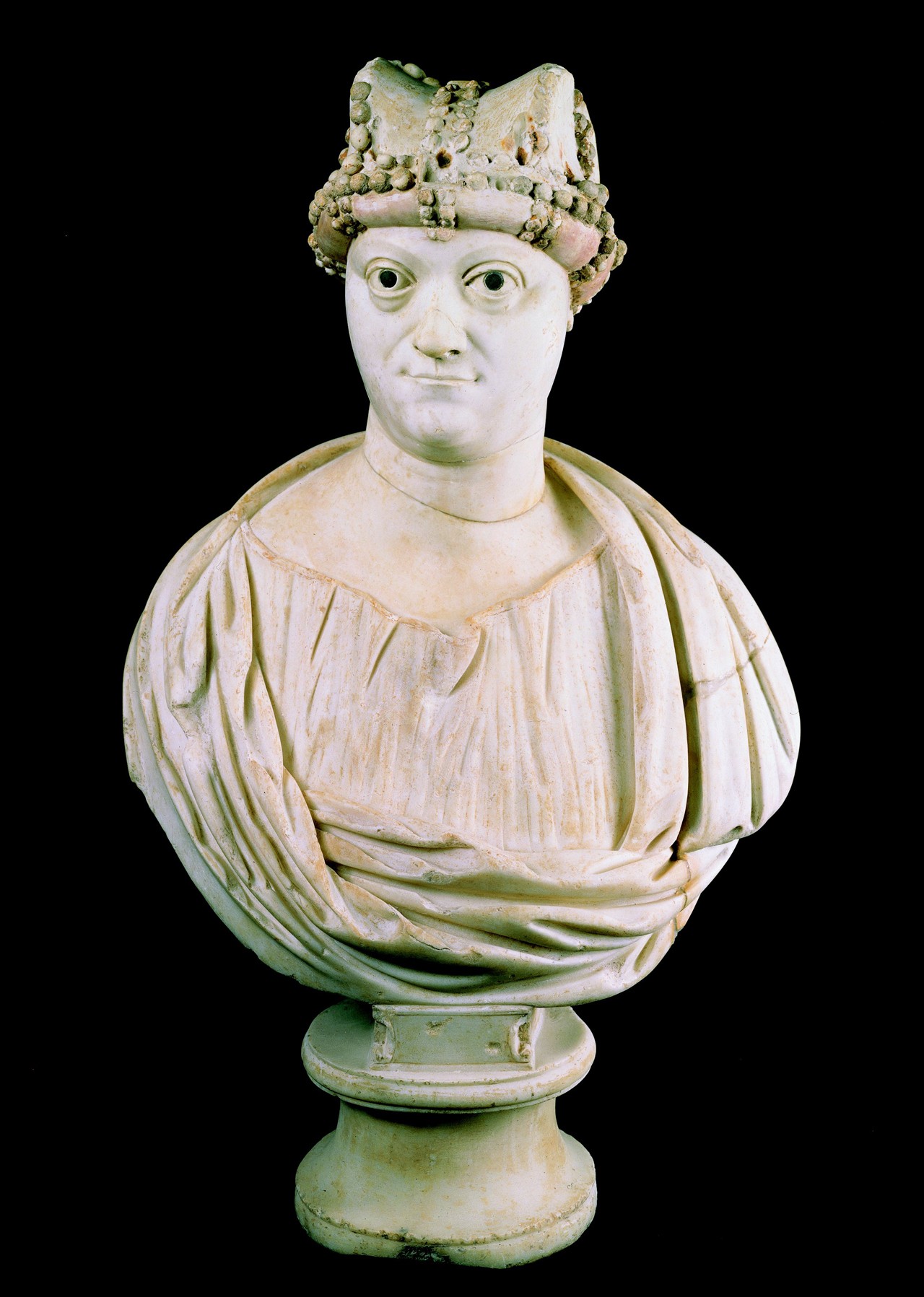
“The Byzantine Empress Ariadne” (c. 500 CE), marble, h: 70 cm, Museo della Basilica di San Giovanni in Laterno
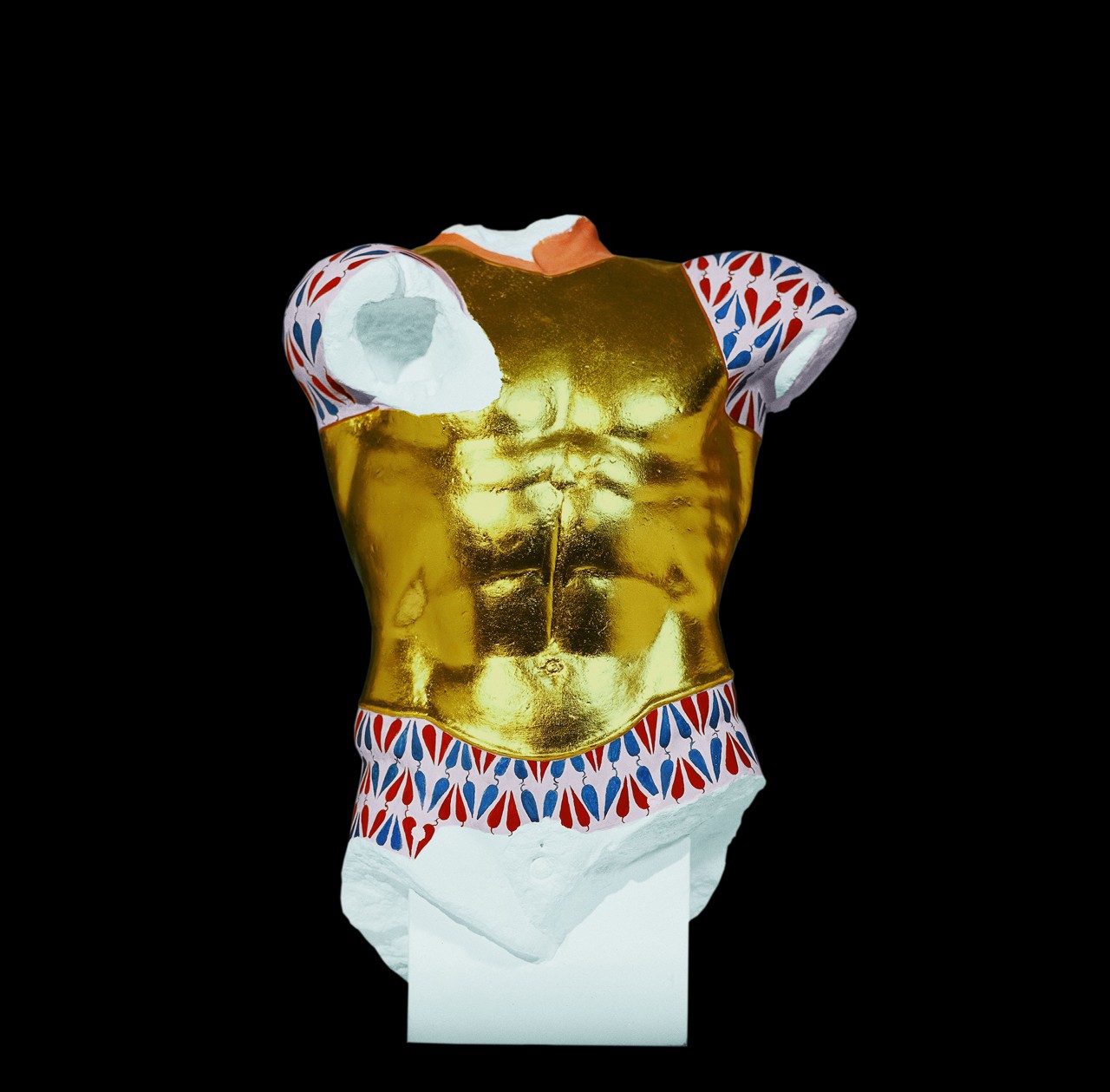
“Cuirass Torso” (reconstruction), Acropolis, 460 BCE (2005), artificial marble, h: 57 cm, Stiftung Archäologie, Munich
The exhibition runs through to December 7. For more info, visit the website by CLICKING HERE

